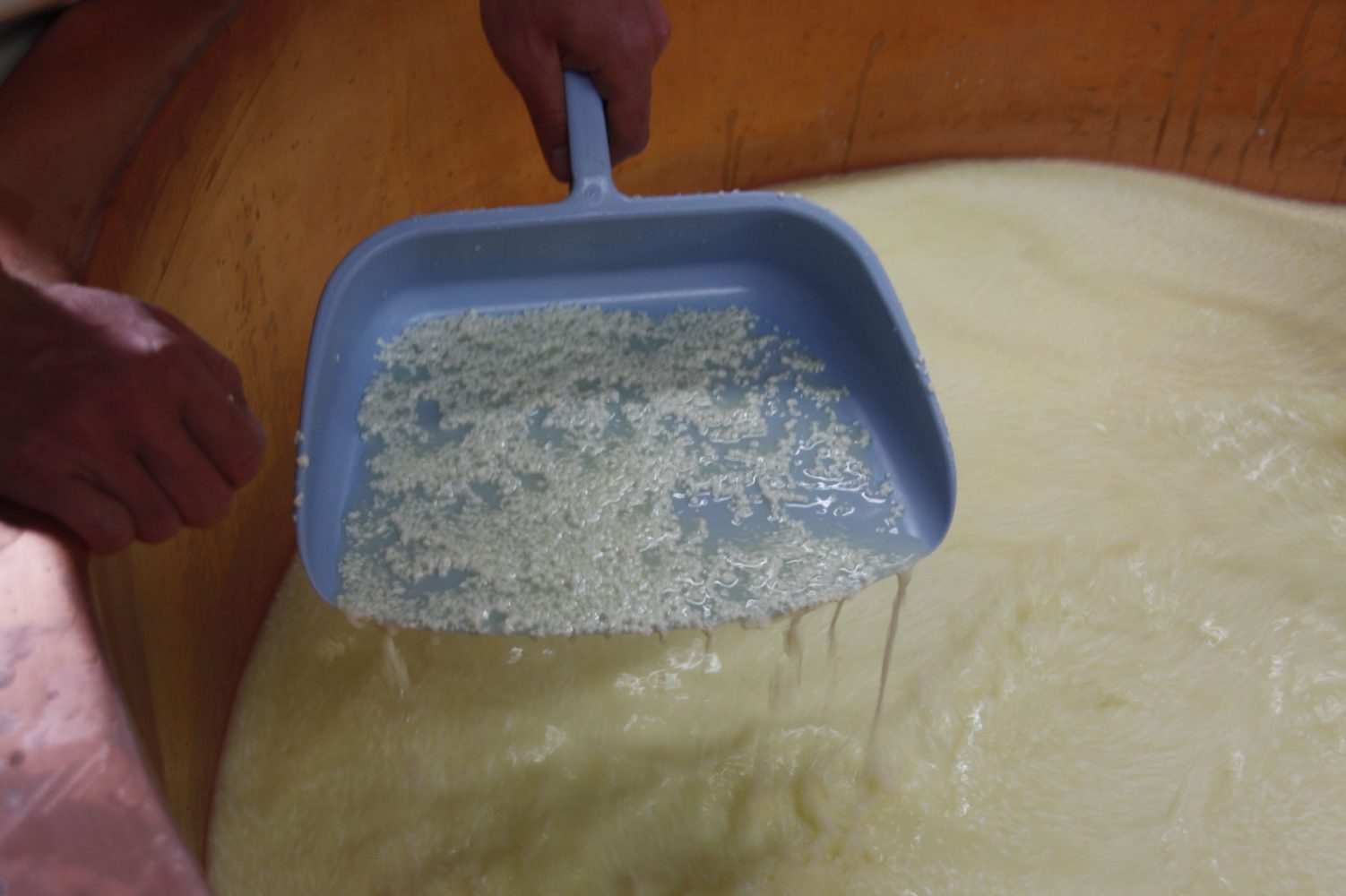Not only raw milk, but also fermented products have an impact on health. A very old probiotic product is kefir, which is available in every supermarket in Eastern Europe, and increasingly conquering Western markets. Fermentation of milk converts almost all milk sugar (= lactose) into lactic acid. Therefore, people with lactose intolerance can more easily consume such products without gastric distress. In most parts of the world people are lactose intolerant, which implies that they have difficulties digesting lactose.
Raw milk kefir is made from fresh raw milk, which is incubated at around 24 °C with a kefir culture. Raw milk kefir has the advantage that the positive properties of the unheated raw milk interact with the products of the fermentation process: among other peptides, enzymes and bacteria. The origin of kefir lies in the Caucasus. There are different kefir cultures in circulation, all with slightly different compositions. In modern production processes, kefir is produced using a freeze-dried standardized culture with or without yeasts and is no longer inoculated with kefir tubers, called scoby (Nielsen et al. 2014). The product acidifies within 20 hours and becomes viscous. The pH value reaches a level of around 4.3, which has a positive effect on the bacteria in the kefir where undesirable bacterial growth is inhibited. A rich kefir culture consists of a number of microorganisms (bacteria, yeasts, fungi) that ultimately give the typical taste of kefir: slightly acidic, aromatic, somewhat sparkly, alcoholic. Yeasts produce the carbon oxide gases (CO2). Kefir is like ‘sparkling water’ among the acidic products.
| Fermentation by: | Product name: |
| Lactic acid bacteria | Ymer, Yoghurt, Biogarde, Yakult, Laban, Acidophilus Milk |
| Lactic acid bacteria + yeast | Kefir, Koumiss |
| Lactic acid bacteria + fungi | Viili |
Table 1. Overview of some fermented milk products (derived from Yerlikaya et al. 2014)
So, just as alfalfa is called ‘the queen of forage plants’, we can count raw milk kefir, especially the one made with the scoby culture, to the ‘Mercedes among raw milk products’.




